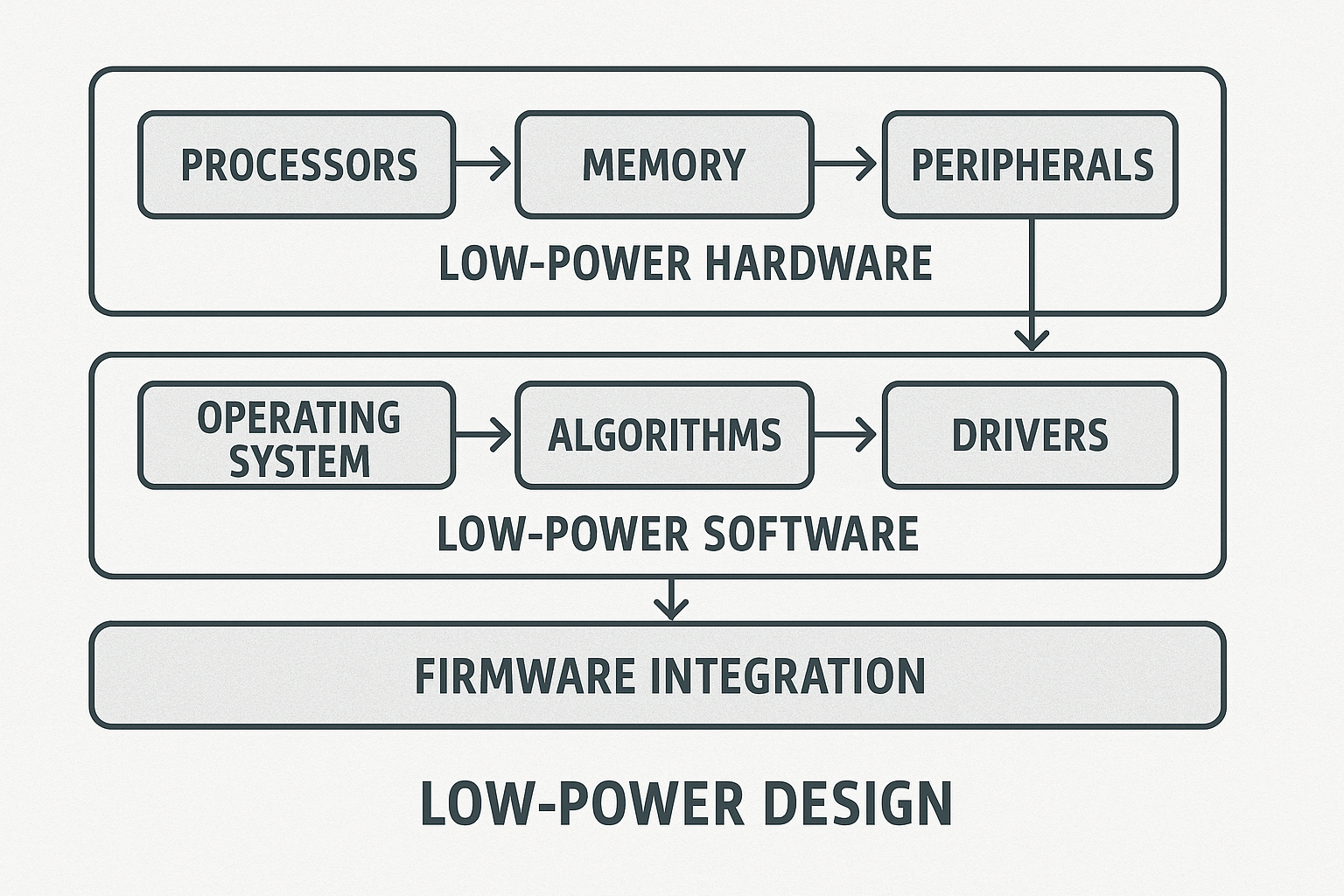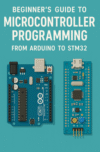Designing battery-powered embedded devices requires careful attention to power consumption from the earliest stages of development. Efficient power management not only extends battery life but also ensures device reliability and user satisfaction. The following guidelines offer a comprehensive approach to minimizing energy usage while maintaining performance.
Understand Your Power Budget Before selecting components, estimate your device’s energy needs. Identify peak current draws, standby currents, and operational duty cycles. Creating a clear power budget early allows for realistic battery sizing and cost forecasting.
Select Low-Power Components Choose microcontrollers, sensors, and communication modules designed for low-power operation. Many MCUs feature ultra-low-power sleep modes, and modern sensors often include built-in energy-saving capabilities.
Implement Sleep and Power-Down Modes Take advantage of peripheral and system-wide sleep states. Ensure that the device spends as much time as possible in low-power modes, waking only when necessary to perform critical tasks.
Optimize Communication Protocols Wireless communication is often a major source of power consumption. Reduce transmission frequency, batch data for fewer send cycles, and select low-power standards such as BLE or LoRa when appropriate.
Reduce Processing Overhead Optimize firmware to minimize unnecessary computations. Use efficient algorithms, avoid polling where event-driven design is possible, and offload tasks to hardware accelerators when available.
Consider Power-Efficient Voltage Regulation Select regulators with high conversion efficiency, especially for devices operating from higher battery voltages. Low quiescent current regulators help conserve power in standby states.
Thermal and Environmental Considerations Temperature extremes can affect battery performance and increase internal resistance. Design enclosures and thermal management strategies that protect batteries and electronics.
Testing and Measurement Profile real-world current consumption using power analyzers or specialized measurement tools. Compare results with your initial power budget and adjust hardware or firmware accordingly.
End-to-End Integration for Power Efficiency True power optimization is achieved when hardware, firmware, and system architecture are designed together. For example, choosing a low-power MCU, pairing it with energy-efficient communication protocols, and writing firmware that aggressively manages sleep cycles creates cumulative benefits. Aligning component selection, software design, and operational strategy ensures that the device delivers maximum performance within its battery constraints.



